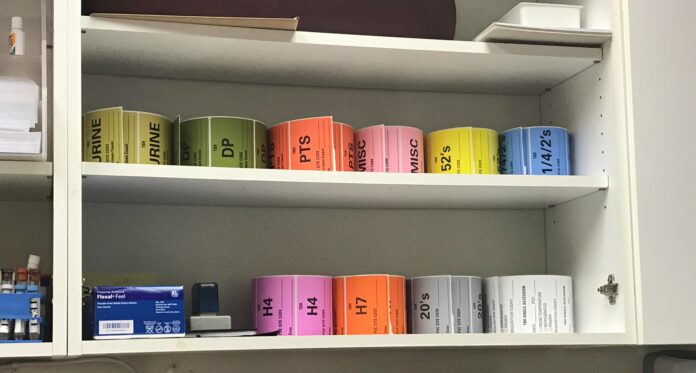Thermal labels are a widely used printing technology in various industries, including barcode printing, product labeling, and shipping. There are several types of thermal labels, each with its own set of unique features, advantages, and disadvantages. This article provides an in-depth look at the different types of thermal labels available on the market and how they differ from one another.
Which One Should You Choose?
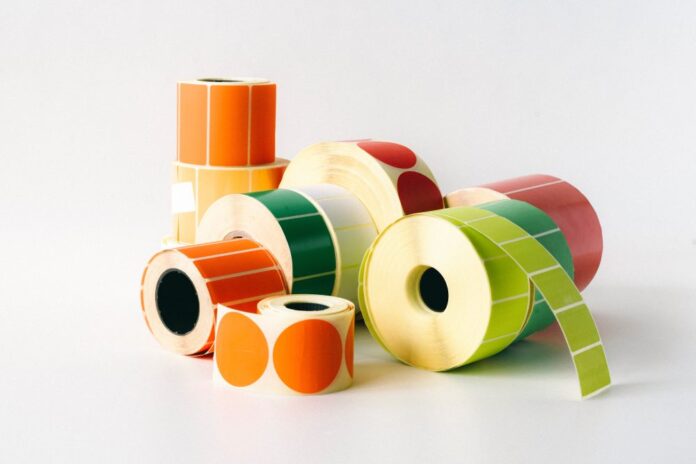
When it comes to choosing the right type of thermal label, there are several factors to consider. It’s important to consider the specific needs of your business, including the type of information you want to print, the environment in which the label will be used, and your budget. Additionally, the size of the label is an important factor to consider, as different sizes are available to meet the specific needs of a business.
If you’re looking for a cost-effective solution for printing shipping labels, 4×6 thermal labels are a good choice. These labels are best suited for applications that require printing at low temperatures and low humidity, such as product labeling and barcode printing.
On the other hand, if you need high-quality images, thermal transfer labels are the way to go. These labels are ideal for applications that require high image quality, such as product labeling, and where the label will be exposed to high temperatures and humidity. Thermal transfer labels come at a higher cost compared to direct thermal labels, so it’s important to consider your budget when choosing this option.
For those who need to label items quickly and easily, self-adhesive labels are a great option. They are ideal for applications such as product labeling and shipping labels, where the labels need to be applied quickly and efficiently.
Additionally, in case someone needs a large number of labels for high-volume applications, such as shipping labels, fanfold labels are a good choice. These labels are designed to be easily separated into individual labels, making them an efficient and convenient choice for high-volume printing applications.
Direct Thermal Labels
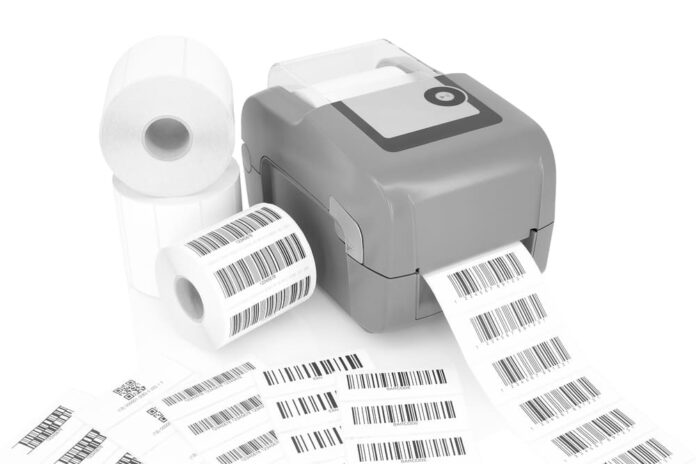
Direct thermal labels utilize a special heat-sensitive material that darkens when exposed to heat from a thermal printer’s print head. The material is usually coated on one side of the label, and the print head applies heat to produce the image. These labels are commonly used for applications that do not require high-quality images, such as barcode labels and product labels. One of the main benefits of direct thermal labels is that they do not require a thermal transfer ribbon, making them more cost-effective than other types of thermal labels.
Thermal Transfer Labels
Thermal transfer labels use a ribbon made of a special resin that is melted onto the surface of the label to produce an image. The print head of the thermal printer applies heat to the ribbon, which transfers the resin to the label. These labels offer higher-quality images compared to direct thermal labels and are often used in applications where image quality is a top priority, such as product labeling. However, they come at a higher cost compared to direct thermal labels due to the additional cost of the thermal transfer ribbon.
Self-Adhesive Labels
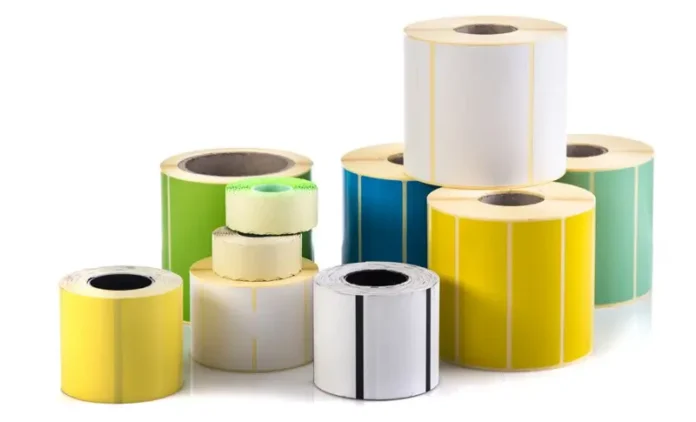
Self-adhesive labels are designed to stick to a variety of surfaces, making them ideal for applications such as product labeling and shipping labels. They can be either direct thermal or thermal transfer, depending on the desired image quality and durability. The self-adhesive backing allows for easy and convenient application, reducing the time and effort required for labeling.
Fanfold Labels
Fanfold labels are a stack of continuous labels that are perforated, allowing them to be easily separated into individual labels. These labels are commonly used in high-volume applications, such as shipping labels, as they reduce the amount of time and effort required to reload the label rolls into the printer. Additionally, fanfold labels offer the advantage of being able to be easily stored and transported, making them a popular choice for many businesses.
Roll Labels
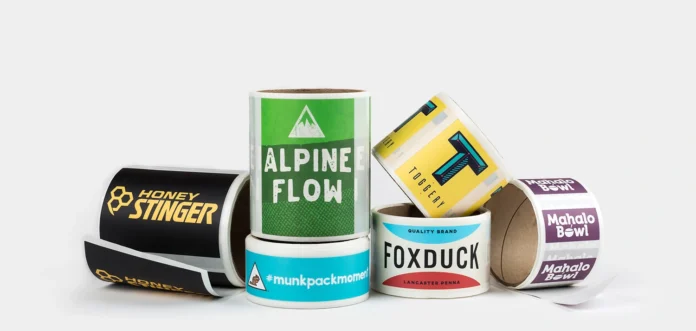
Roll labels are similar to fanfold labels but come on a roll instead of being stacked. They are typically used in applications where a large number of labels are required, such as product labeling. The roll format makes it easy to load the labels into a thermal printer, and the continuous format allows for efficient and quick printing.
Wound-Out Labels
Wound-out labels are a type of roll label that is wound in a specific direction, allowing them to be dispensed from a printer in a specific direction. This makes them ideal for use in applications where labels must be dispensed in a specific direction, such as product labeling and shipping labels. Wound-out labels also have a tighter roll diameter, making them easier to handle and store compared to traditional roll labels. This also allows for more labels to be stored in a smaller space, reducing the amount of storage space required.
Continuous Labels
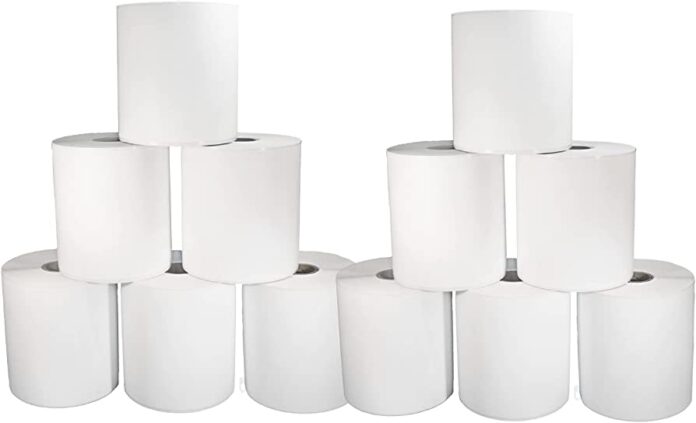
Continuous labels are similar to fanfold and roll labels, but they come on a continuous roll without perforations, making them ideal for applications that require a large number of labels to be printed in a single print run. These labels are typically used in applications where the labels are printed and then cut to size, such as product labeling and shipping labels.
Die-Cut Labels
Die-cut labels are pre-cut to a specific shape or size, making them ideal for applications that require a specific size and shape of labels, such as product labeling and shipping labels. These labels are available in both direct thermal and thermal transfer options and offer the convenience of not having to cut the labels to size after printing.
Synthetic Labels
Synthetic labels are made from durable, water-resistant materials, making them ideal for applications that require long-lasting and durable labels, such as product labeling and shipping labels. These labels are often used in harsh environments, such as outdoor or extreme temperature conditions, and offer the added advantage of being resistant to tearing and moisture damage.
Custom Labels
Custom labels are tailored to meet the specific needs and requirements of a business, offering the ability to add custom images, text, and branding. These labels are available in a variety of materials, including direct thermal, thermal transfer, and synthetic options, and offer the flexibility to create unique and personalized labels for a wide range of applications.
Conclusion
As you see, there are several types of thermal labels available on the market, each with its own set of unique features, advantages, and disadvantages. The right type of thermal label for a particular application will depend on several factors, including the desired image quality, durability, and ease of use. By understanding the different types of thermal labels available, businesses can make an informed decision and choose the best option for their specific needs.
